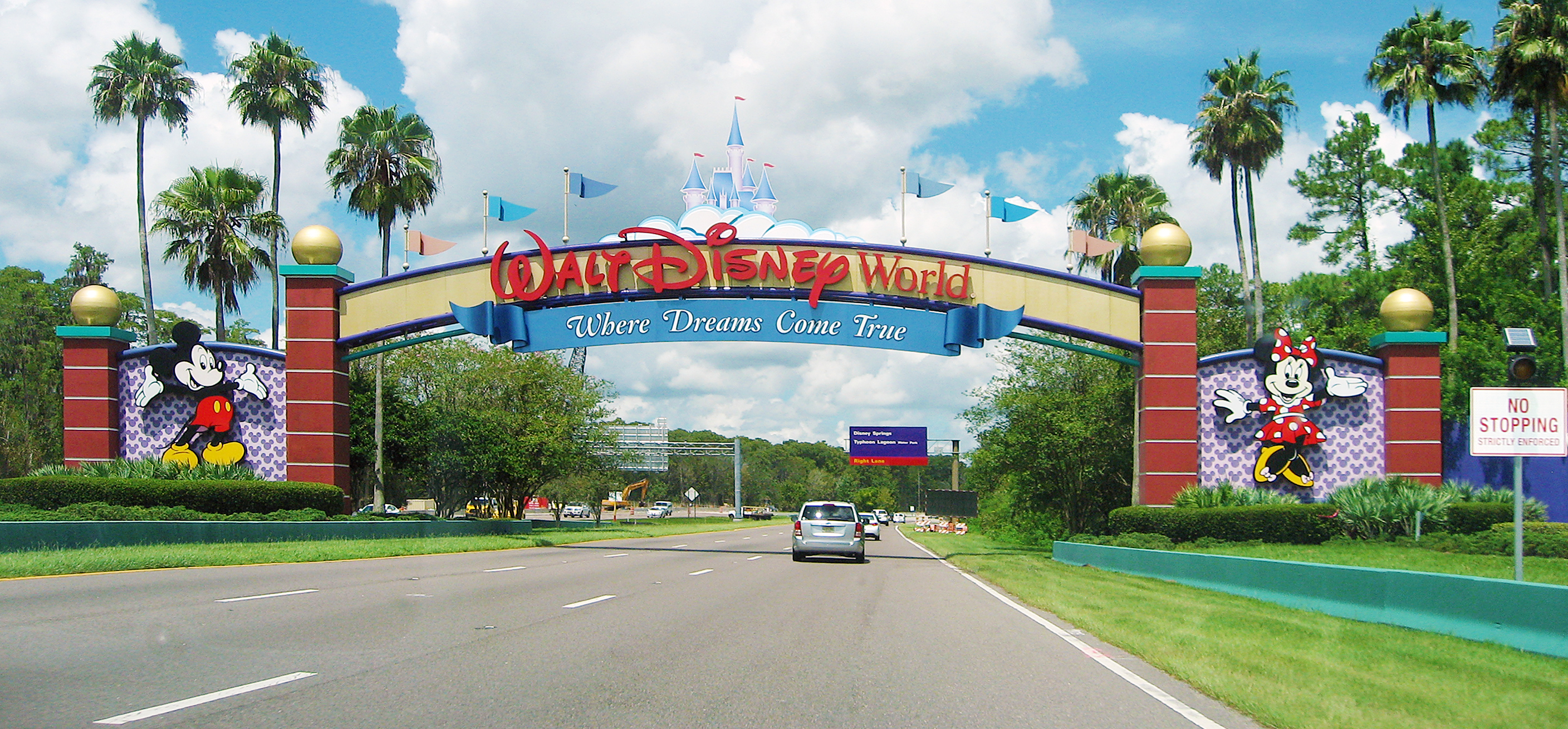
Efficiently Creating Theme Park Magic in Orlando
From AHR Today 2020 Newsletter
Orlando is synonymous with theme parks. Millions of visitors flock to Orlando annually to visit world renowned theme parks such as Walt Disney World Resort and Universal Orlando Resort.
These theme park giants are paying attention to environmental and energy targets to create sustainable experiences for the visitors and Orlando.
Efficiency Is Disney Magic
The Walt Disney World Resort outside Orlando is taking advantage of being in the Sunshine State.
In February 2019, the resort installed a 270 acre (109 hectare), 50 megawatt solar facility to provide clean energy to Disney World. Disney is expecting the facility to generate enough power to operate two of Disney’s four theme parks in Florida annually.
This facility helps Disney on its path to reduce emissions by 50% by 2020, compared to a 2012 baseline.
Since, Disney adopted and began reporting environment targets in 2009, it has reduced its net emissions by 44% and has reduced its potable water consumption by 5.8% compared to a 2013 baseline.

Walt Disney World Resort has been working to cut energy us and emissions. Last February, the resort installed a 270-acre, 50-megawatt solar facility to provide clean energy to Disney World. Disney is expecting the facility to generate enough power to operate two of Disney’s four theme parks in Florida annually.
Credit: istock/Manakin
Disney’s environmental targets focus on achieving zero-energy greenhouse gas emissions, being a zero-waste park and conserving water resources, according to Disney’s Environmental Stewardship Goals and Targets (https://cutt.ly/NrqvAx5) report.
The report said challenges related to water are highly localized issues, and the best way to address these challenges is to evaluate risks on a site-specific basis and design commensurate conservation programs.
To reduce emissions, Disney analyzes projects under consideration—which include projects at the parks and on cruise ships—for energy-efficiency measures, waste heat recovery, lighting updates, fuel cells and geothermal wells, according to the report. Other priorities include implementing building energy guidelines and efforts to include employee energy use behavior and growing the park’s renewable energy sources for electricity.
Green Is Universal
Universal Parks & Resorts in Orlando has several strategies (https://cutt.ly/xrqvDR5) to achieve energy-efficient operations by focusing on three main areas: energy, water and waste.
The theme park achieves energy savings through Central Plant Optimization (CPO), which provides cooling to all the park’s buildings. The system allows chilled water plants to be operated at their most efficient levels with real-time automatic adjustments based on building loads, according to Universal. The CPO program averages 30% energy savings for the resort’s chilled water production.

Universal Parks & Resorts has several strategies to achieve energy-efficient operations by focusing on three main areas: energy, water and waste. The theme park achieves energy savings through Central Plant Optimization (CPO) that provides cooling to all the park’s buildings.
Credit: istock/Astrid860
Universal’s energy-efficient mindset translates to individual restaurants and rides.
An experimental thermal solar system preheats water at Thunder Falls Terrace, a restaurant in Universal’s Islands of Adventure, reducing the need for natural gas water heating by 35%.
When designing and building new attractions like Fast & Furious–Supercharged and The Wizarding World of Harry Potter, energy conservation is a priority. At Universal’s California location, Universal collaborated with a local utility to use energy-efficient designs, which saved about two million kWh per year.
The theme park has also expanded LED lighting fixtures throughout the Orlando and Hollywood parks, which saves millions of kilowatt hours annually, according to Universal. Both parks also use recycled water, when available, for landscape irrigation for resort operations. The irrigation control system sensors monitor real-time water data and ground moisture, which allow them to adjust watering as necessary.
At the Orlando resort, Universal uses recycled water in its chilled water system cooling towers, according to the resort.
Universal converts waste into energy. Several recycling programs recover more than 10,000 tons (9072 metric tons) of materials each year to reduce the amount of waste at the park. These materials, which include food waste and recyclables, are collected for waste-to-energy and material reuse programs.